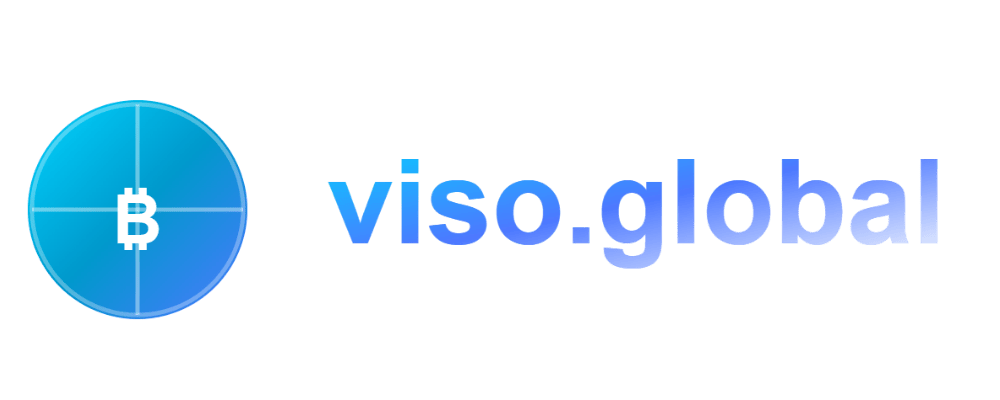Prominent gold advocate Peter Schiff has once again taken aim at Bitcoin, asserting that the flagship cryptocurrency falls short of fulfilling fundamental monetary roles. Instead, Schiff champions tokenized gold as the only blockchain-backed asset truly capable of acting as a reliable medium of exchange, unit of account, and store of value.
Bitcoin’s Alleged Failures
Schiff points to Bitcoin’s notorious volatility, high transaction fees, and sluggish confirmation times as evidence that it cannot operate as a dependable currency. He argues that users cannot price goods or services in Bitcoin without risking dramatic swings in purchasing power. Furthermore, network congestion during market surges leads to skyrocketing fees, undermining day-to-day usability.
Critics also highlight the environmental toll of Bitcoin mining and question its energy-intensive proof-of-work model. According to Schiff, this mining process merely enriches large-scale operations without delivering tangible dividends to the broader economy or end users.
Tokenized Gold’s On-Chain Potential
By contrast, tokenized gold represents a digitized claim on physical bullion held in audited vaults. Each token corresponds to a fixed amount of real-world precious metal, creating a direct alignment between on-chain balances and off-chain assets. Schiff emphasizes three core monetary functions that tokenized gold can satisfy more effectively than Bitcoin:
- Medium of Exchange: Stable pricing linked to the global gold market ensures predictable transaction values, making tokenized gold suitable for commerce and remittances.
- Unit of Account: Merchants and platforms can denominate prices in tokenized gold without fearing drastic currency devaluation, preserving purchasing power over time.
- Store of Value: As an asset with centuries of historical performance, gold-backed tokens offer long-term wealth preservation without the extreme drawdowns seen in crypto markets.
On-Chain Audits and Transparency
One of tokenized gold’s strongest selling points is the integration of cryptographic proof with real-world audits. Independent verifiers regularly confirm the physical reserves, while blockchain explorers allow anyone to verify token issuance and ownership. This dual-layer transparency addresses longstanding trust issues in both traditional finance and decentralized ecosystems.
Broader Implications for DeFi
Schiff’s promotion of tokenized gold is not limited to simple transfers. He envisions its integration into decentralized finance protocols, where gold-backed tokens can serve as collateral for loans, underpin automated market makers, and earn yield in liquidity pools. This contrasts sharply with Bitcoin’s limited DeFi utility, where wrapped BTC variants often introduce additional counterparty risk.
Industry Reaction and Outlook
Many in the crypto community have rebuffed Schiff’s assertions, arguing that Bitcoin’s network security, decentralization, and established infrastructure cannot be easily dismissed. Supporters stress ongoing developments like layer-2 scaling solutions, which aim to reduce fees and speed up transactions. Still, the debate underscores a broader tension between pure digital currencies and tokenized representations of legacy assets.
Conclusion
As digital asset markets mature, the clash between Bitcoin maximalists and gold proponents like Peter Schiff is likely to intensify. Whether tokenized gold can carve out a dominant niche in on-chain finance remains to be seen. What is clear, however, is that the conversation around real-world asset tokenization has gained fresh momentum, challenging crypto purists to address the practical shortcomings of their favorite protocols.
